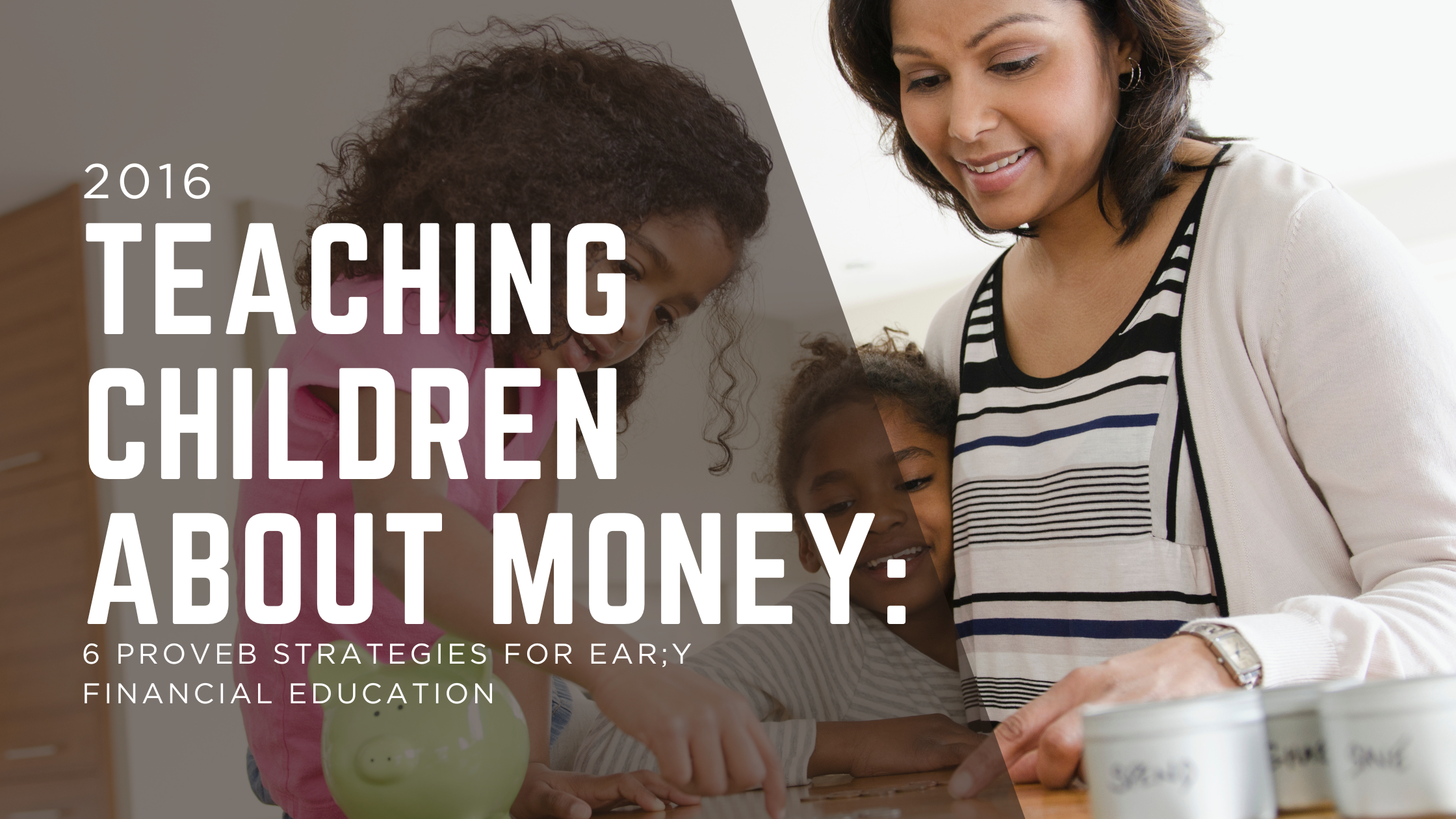
Continuing our discussion from last week about educating young entrepreneurs, these practical strategies help children develop healthy money habits early. By making financial education intentional and engaging, you can set your children on the path to lifelong financial responsibility and wealth management success.
💰 Pro Tip
Start financial education early—children who learn money management young are more likely to value money and make responsible financial decisions throughout their lives.
Why Early Financial Education Matters
The Power of Intentional Teaching
While children will eventually learn about money with or without guidance, intentional financial education creates lasting positive impacts.
🎯 Key Benefits of Early Financial Education
- Children learn to value money and understand its limitations
- They escape the misconception that parents have unlimited funds
- Early practice leads to better money management skills in adulthood
- Understanding real costs builds financial awareness
6 Practical Financial Education Strategies
1. Hands-On Learning Experiences
Transform everyday activities into valuable financial lessons.
- Involve children in grocery shopping and price comparisons
- Discuss product choices and value for money
- Practice active saving for desired items at home
- Make learning interactive and relevant to their world
🛒 Real-World Application
The more practice children have with money management when they’re young, the more likely they’ll be able to hold onto their money effectively later in life. Start with making saving fun and engaging.
2. The Envelope and Jar System
Visual savings methods help children understand financial concepts tangibly.
✉️ Multi-Category Savings Approach
- Short-term container: Picture of immediate wants (specific toy)
- Long-term container: Picture of bigger goals (Disneyland trip)
- Everyday spending: Container for regular purchases
- Visual reinforcement: Children draw pictures of their goals
3. Savings Goal Chart System
Creating visual progress trackers maintains motivation and teaches patience.
- Create a chart showing weeks needed to reach savings goals
- Use boxes to represent each week of saving
- Add stickers when weekly allowance is allocated to savings
- Help children calculate how many weeks required for specific items
4. Reward Systems for Saving
Positive reinforcement encourages continued financial discipline.
🎁 Effective Reward Strategies
- Offer small rewards for consistent saving behavior
- Increase reward value for longer saving periods
- Use motivating rewards: extra video game time, special toys
- Consider milestone rewards for reaching savings targets
5. Lead by Example
Children learn financial habits by observing parental behavior.
- Let children see you saving money regularly
- Maintain your own visible savings jar or account
- Verbally explain your saving decisions and goals
- Demonstrate that saving is a normal, regular activity
6. Savings Matching Program
Encourage extra saving through contribution matching.
💸 Matching Contribution Strategy
- Set required minimum savings from allowance
- Match additional voluntary savings contributions
- Teach the power of “free money” through matching
- Introduce basic investment concepts through matching
Advanced Financial Education Tool
The Four-Category Piggy Bank System
Introducing comprehensive money management through categorized saving.
- Saves: Long-term savings and future planning
- Spending: Immediate purchases and short-term wants
- Donations: Teaching generosity and social responsibility
- Investment: Introduction to growing money over time
🏦 Comprehensive Money Management
The four-category system teaches children that money serves multiple purposes beyond just spending. This foundation supports sophisticated financial understanding as they mature.
Implementing Your Financial Education Plan
Start Simple and Build Gradually
Begin with one or two strategies that match your child’s age and understanding. As they grasp basic concepts, introduce more complex financial tools and discussions.
Age-Appropriate Financial Lessons
Tailor your approach to your child’s developmental stage:
- Young children: Focus on visible savings methods and immediate rewards
- Elementary age: Introduce goal-setting and longer-term planning
- Pre-teens: Add matching programs and basic investment concepts
The Long-Term Impact of Early Financial Education
Building Financial Confidence
Children who understand money management approach financial decisions with confidence rather than anxiety. They develop healthy relationships with money that serve them throughout adulthood.
🔜 Continuing Financial Education
Stay tuned for our next installment where we’ll explore age-appropriate investment concepts for children and teenagers, helping you build a comprehensive financial education roadmap for your family.
Creating Future Financial Leaders
By starting financial education early and making it engaging, you’re not just teaching money management—you’re raising the next generation of financially literate entrepreneurs and wealth builders.
“A wealthy person is simply someone who has learned how to make money when they’re not working.” – Robert Kiyosaki
Start planning your finances now, download our free planner and ebook on building financial wealth for the children.







